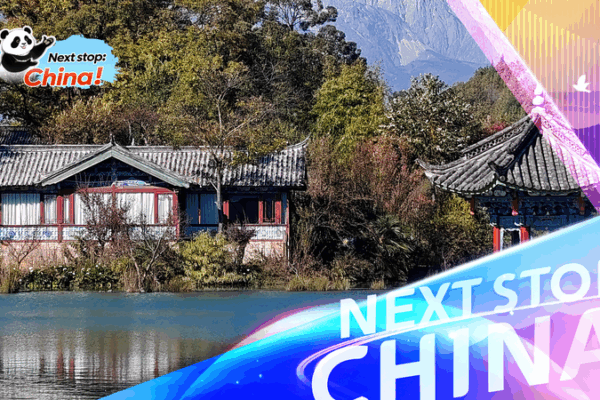
Lijiang: Where Ancient Heritage Meets Natural Splendor in 2025
Discover Lijiang’s UNESCO Triple Heritage status, ancient trade routes, and breathtaking landscapes in China’s Yunnan Province as 2025 cultural tourism thrives.
News & Insights Across Asia

Discover Lijiang’s UNESCO Triple Heritage status, ancient trade routes, and breathtaking landscapes in China’s Yunnan Province as 2025 cultural tourism thrives.
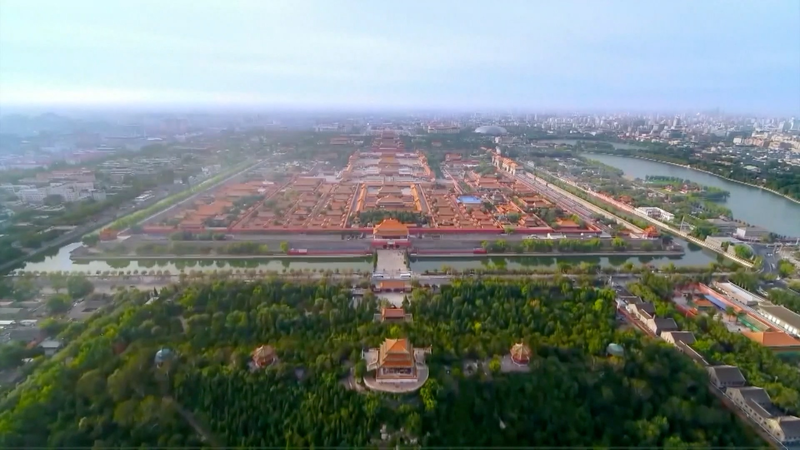
President Xi Jinping highlights cultural ties with Thailand during King Maha Vajiralongkorn’s visit, showcasing Beijing’s UNESCO-listed Central Axis.
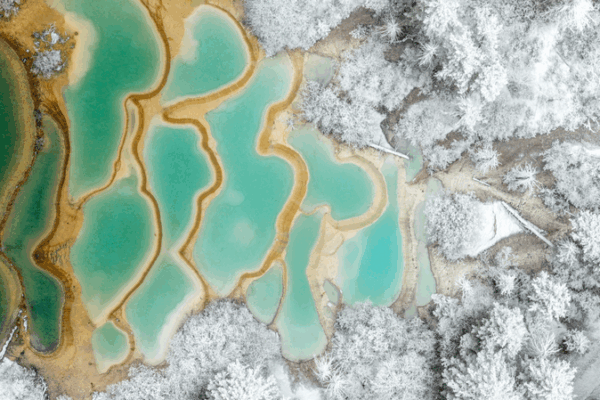
Sichuan’s Jiuzhaigou Valley dazzles as first snowfall highlights its vibrant pools and unique dragon scale rock formations, creating a winter wonderland.
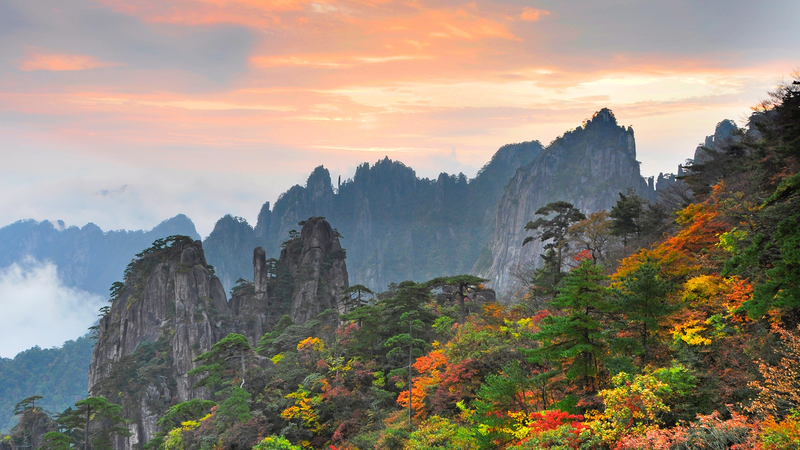
Huangshan Mountain, a UNESCO World Heritage site, hosts the 2025 RCEP-WHCA General Assembly, highlighting its geological wonders and cultural significance in East Asia.
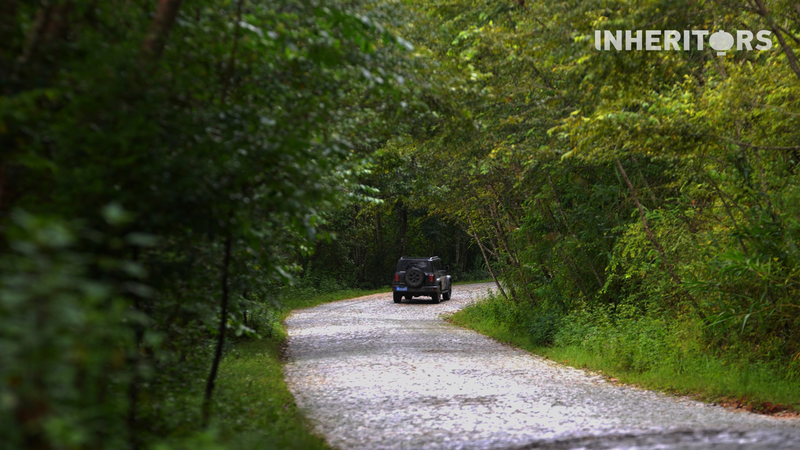
Yunnan’s Jingmai Mountain becomes UNESCO World Heritage site, preserving tea culture through cobblestone roads that prioritize ecological balance over modernization.

China’s UNESCO bid to document Japan’s wartime atrocities faces delays amid political interference, highlighting tensions over historical memory.
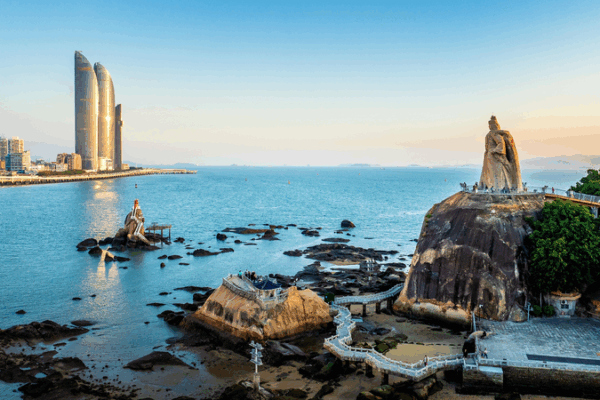
Explore Gulangyu Island, a UNESCO World Heritage site near Xiamen, where historic architecture meets coastal serenity and artistic legacy.
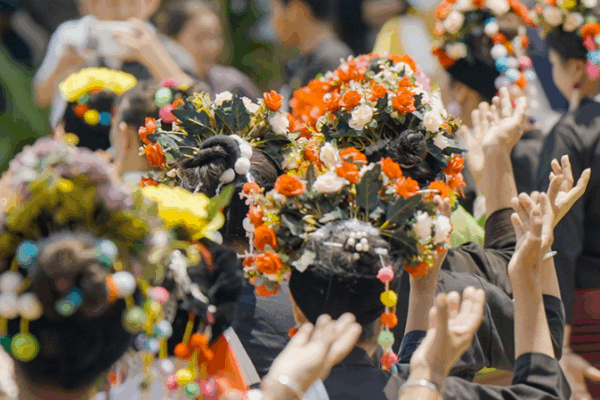
UNESCO recognizes Jingmai Mountain’s ancient tea forests, where five ethnic groups have preserved a unique tea culture blending ecological wisdom and cultural heritage for over 1,000 years.
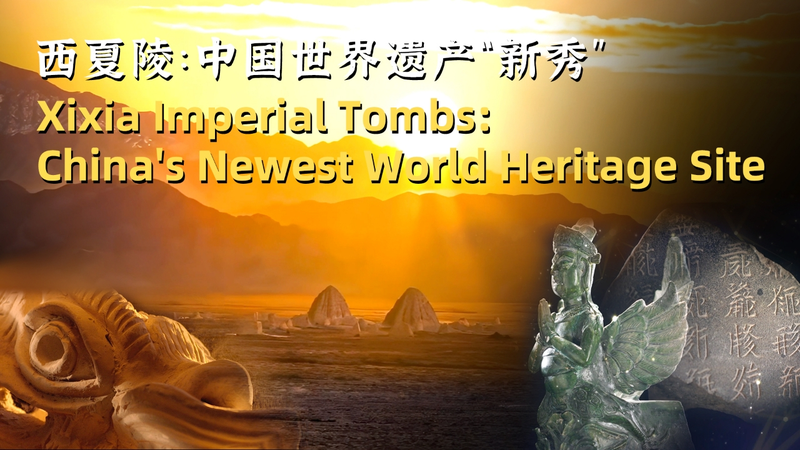
Newly designated UNESCO site, the Western Xia imperial tombs reveal ancient secrets, shedding light on a forgotten dynasty’s cultural legacy along the Silk Road.
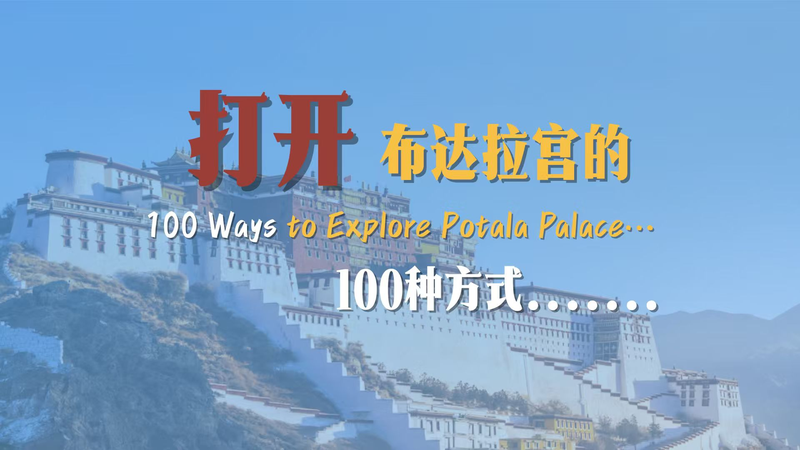
Explore the Potala Palace’s cultural significance and upcoming documentary co-produced by CGTN and Xizang Radio and Television Station. Discover 100 ways to experience this UNESCO marvel.
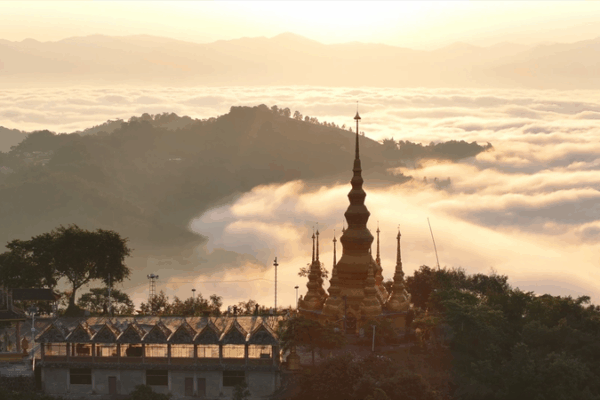
UNESCO designates Yunnan’s ancient tea forests as World Heritage, highlighting Blang ethnic group’s 1,800-year-old roasted tea traditions and sustainable practices.
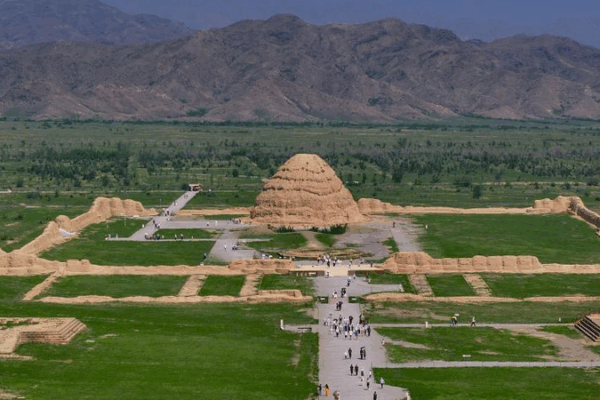
The Xixia Imperial Tombs in Ningxia, China, gain UNESCO World Heritage status, reviving the legacy of the Tangut civilization and highlighting cultural preservation efforts.
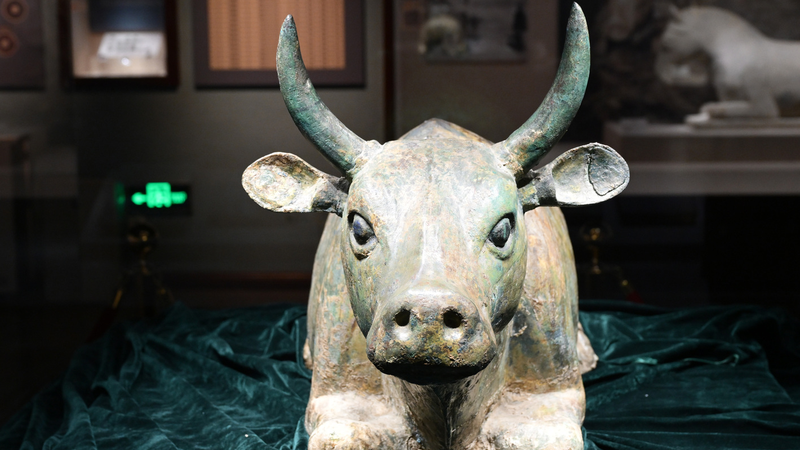
Ningxia Museum experiences 100% visitor increase after Xixia Tombs gain UNESCO status, blending history with modern tourism trends during peak travel season.
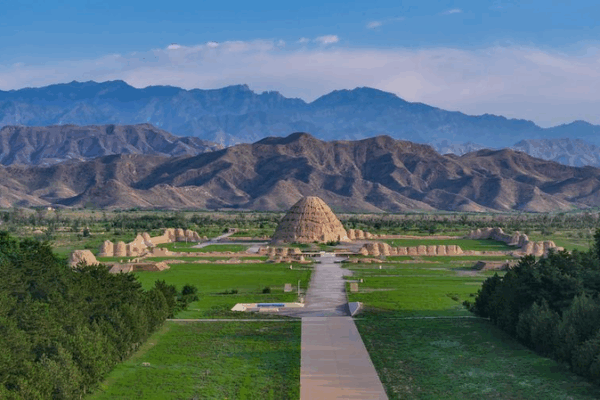
UNESCO’s recognition of the Xixia Imperial Tombs highlights China’s rich cultural heritage and the global importance of preserving ancient history.
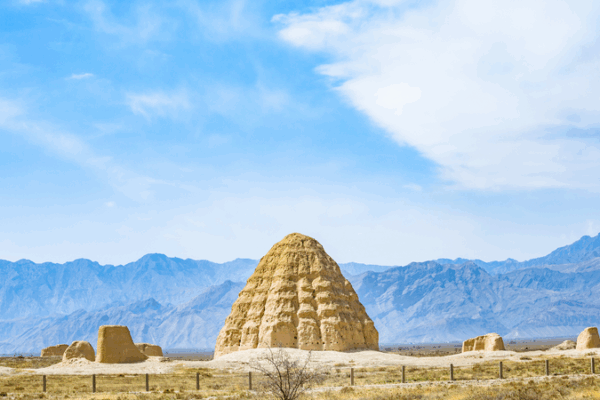
UNESCO adds China’s Xixia Imperial Tombs to World Heritage List, highlighting their historical and cultural significance in Ningxia Hui Autonomous Region.
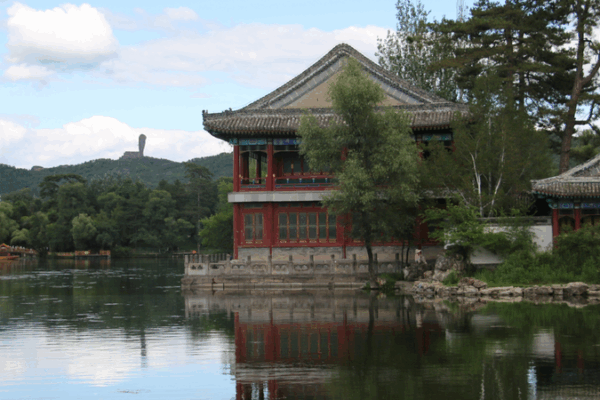
Explore China’s Chengde Mountain Resort, a UNESCO World Heritage Site blending Qing Dynasty architecture with natural landscapes, offering historical insights and modern cultural connections.

China’s Xixia Imperial Tombs, known as the ‘Pyramids of the East,’ advance toward UNESCO World Heritage status while revealing ancient engineering marvels in Ningxia.
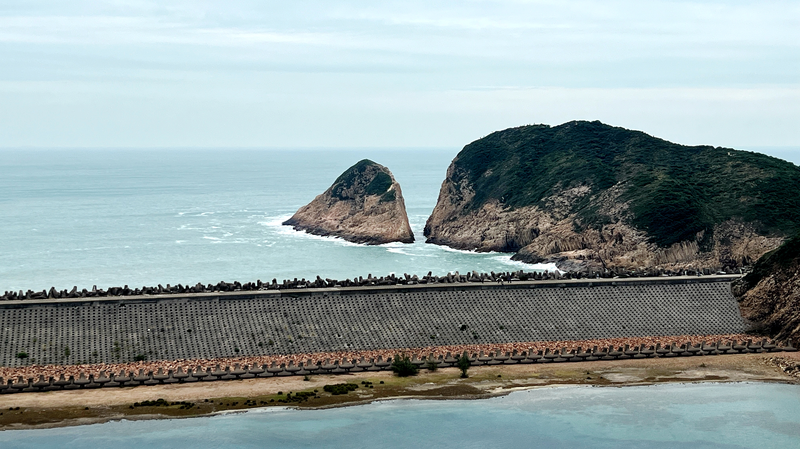
Hong Kong’s UNESCO-listed Geopark attracts global filmmakers with 140-million-year-old rock formations, boosting sustainable creative industries in the region.
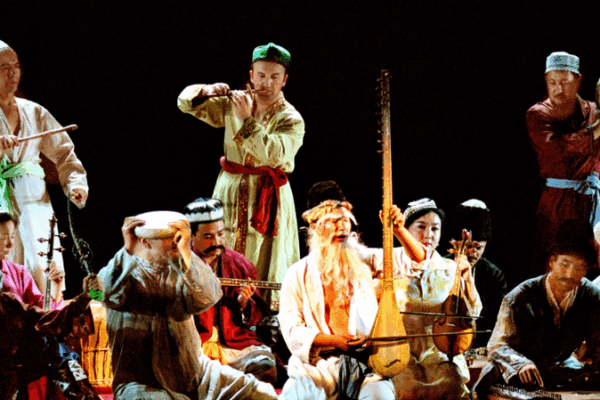
The Turkmen dutar, a Silk Road musical treasure, gains UNESCO recognition, highlighting its role in cultural heritage and storytelling traditions.

Explore Central Asia’s 18 UNESCO World Heritage sites and the upcoming China-Central Asia Summit in Astana, highlighting regional cooperation and cultural ties.